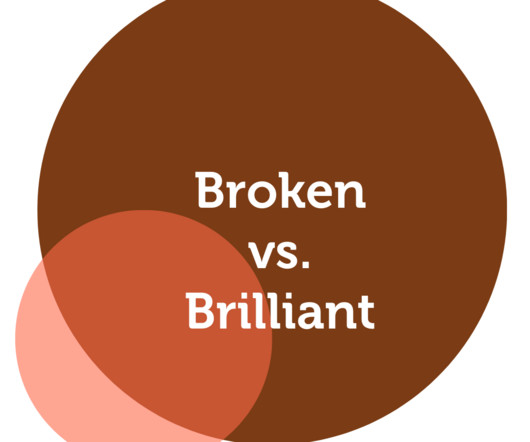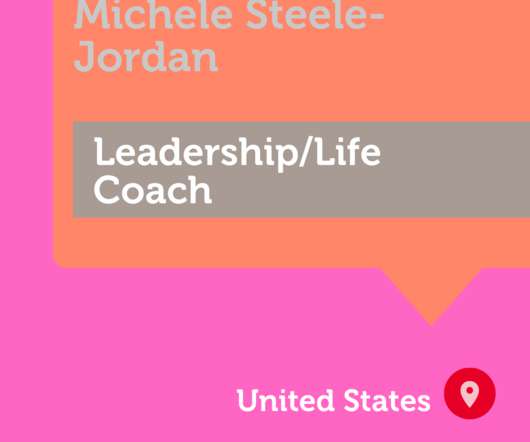Maximizing Impact, Minimizing Costs: A Strategic Approach to Coaching in Resource-Constrained Government Institutions
International Coach Academy
OCTOBER 30, 2024
Those who have been coached experienced a significant decrease in anxiety and stress, and a significant increase in career satisfaction and higher levels of organizational commitment (Passmore, 2021). As a result, organizations that implement coaching practices tend to experience greater employee retention ( Agarwal et al.,

















Let's personalize your content